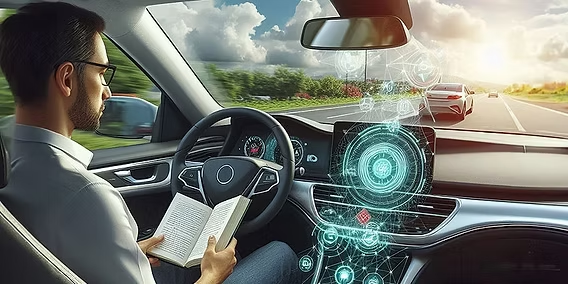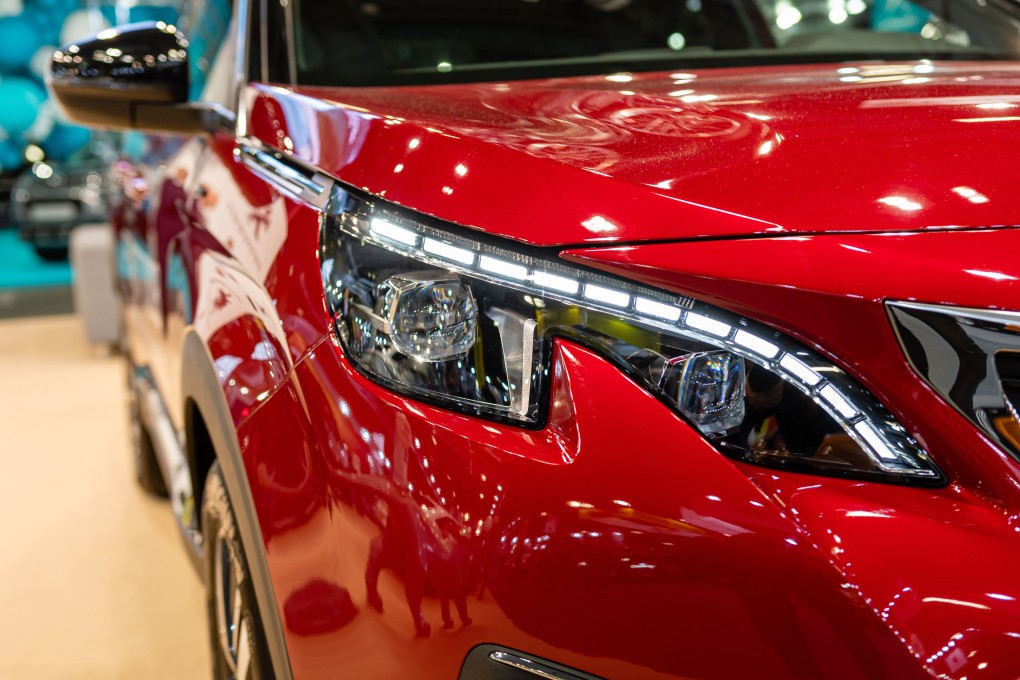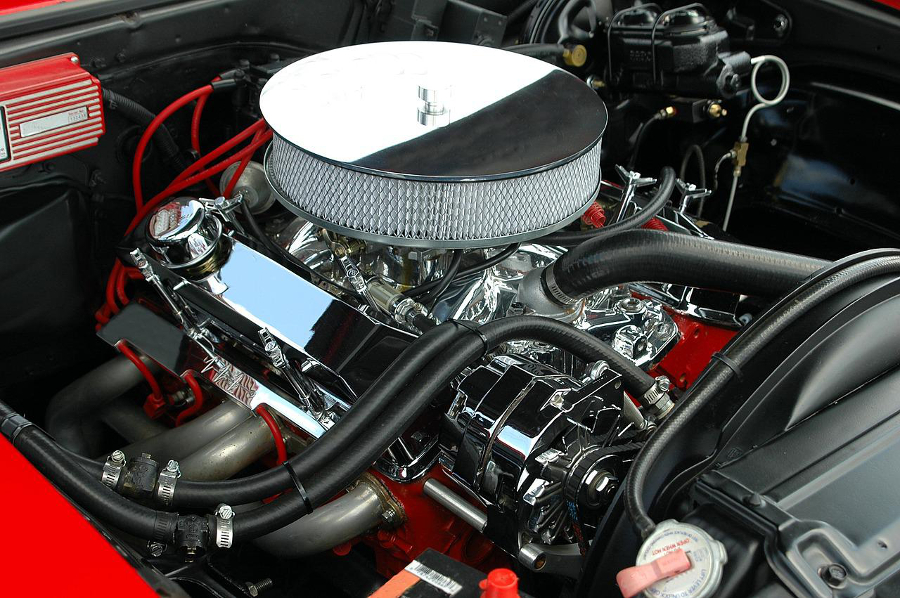The automotive industry has undergone significant transformations since its inception in the 19th century. These developments result from several major innovations that have revolutionized the way we think about travel today. Fans of 1:18 scale models and collectible miniature cars know well that every detail counts when delving into automotive history. Let’s take a closer look at ten innovations that have left their mark on this sector.

The internal combustion engine
Invented in 1886 by Karl Benz, the internal combustion engine was the first major automotive revolution. It replaced the initially envisioned steam and electric power, paving the way for the era of gasoline-powered vehicles.
The assembly line
Henry Ford revolutionized automobile manufacturing in 1913 with the introduction of the assembly line. This innovation significantly reduced production time, making cars more accessible to the general public.
The steel body
The transition from wooden to steel bodies in the 1920s improved vehicle safety and durability, paving the way for more varied and safer designs.
Fuel injection
The adoption of fuel injection in the 1950s allowed for more efficient fuel use. It also improved engine performance by replacing traditional carburetors.
The ABS braking system
Developed in the 1970s, the anti-lock braking system (ABS) has greatly improved automobile safety. It helps maintain vehicle control during sudden braking.
Catalysis
Introduced in the 1970s, catalytic converter technology has been fundamental to reducing vehicle emissions. It filters toxic gases before they are emitted into the atmosphere.
GPS technology
With the introduction of the Global Positioning System (GPS) in the 1990s, car navigation was transformed, making driving easier and reducing the risk of getting lost.
Advanced security systems
In the early 2000s, technologies such as airbags, electronic stability controls, and proximity sensors increased the level of active and passive safety in vehicles.
Hybrid vehicles
The Toyota Prius, launched in 1997, popularized hybrid technology. This innovation combines a gasoline engine with an electric motor, thus reducing fuel consumption and emissions.
The autonomous car
Recent advances in self-driving technologies promise to fundamentally transform the way we drive. Although fully operational only in select regions, this technology signals the future of the automobile.
These innovations aren’t just technological advances; they represent a shift in the way we view and use automobiles. Each milestone brings us closer to a future where driving is safer, greener, and more enjoyable. If you’re passionate about this topic and want to own a piece of this history, consider collecting a 1:18 scale diecast model car—a perfect way to celebrate these dramatic advances.


